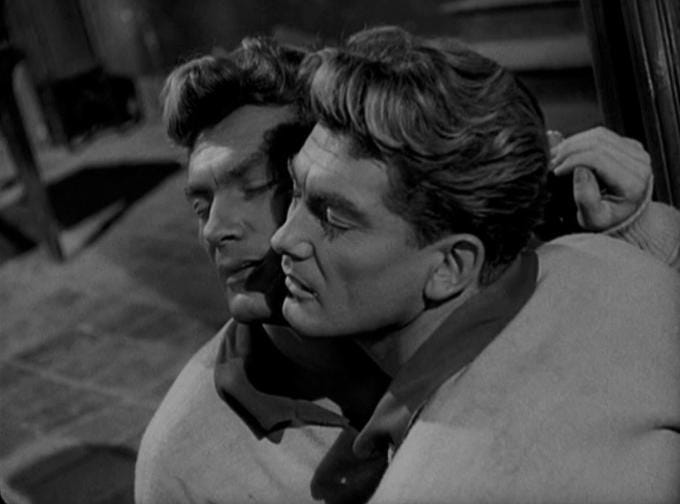In The Zone
How Jean Cocteau's Orphée (1950) set the table for the New Wave drawing from his own and Greek mythology.
A group of young beatniks gather at the Café des Poètes, where they pluck guitar strings, drink, make out, people watch, and banter.
A young poet, Cégeste, struts in, exiting from a large, black Rolls-Royce. A hotshot, he immediately starts a fight that involves almost every patron of the café. When the police are called, everyone disperses quickly – clearly, something they’re used to doing. The only person not to make it is the poet who started it, who dies in the road.
Observing the chaos are Orphée; a mysterious Princess, to whom the Rolls-Royce belongs; and the vehicle’s chauffeur, named Heurtebise. Orphée is famous, established, and a divisive figure at the Café des Poètes – his peers think he’s over the hill, yet the public adores him.
The Princess and Heurtebise bundle Orphée into the car, along with the body of Cégeste. Little does Orphée know that he is leaving the land of the living.
The myth of Orphée – Orpheus – was perhaps the single most important influence on the work of Jean Cocteau. He referenced it constantly, through several mediums, across many of the decades of his long life. To understand Cocteau’s work, one must first have a handle on the ancient Greek myth that captivated him in the first place.
Keep reading with a 7-day free trial
Subscribe to SACRED MONSTER to keep reading this post and get 7 days of free access to the full post archives.




